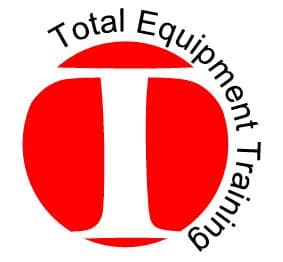NCCCO Rigger 1 Practice Test
(Level 1) Rigger Practice Test for CCO Certification
This FREE Rigger 1 Practice Test is your training ground for CCO certification glory! Not only will you test your knowledge of critical rigging concepts, but you’ll also gain valuable insights into your strengths and weaknesses.
Think of it as a sneak peek into the Rigger CCO exam, but without the pressure. Remember, practice makes perfect – and these questions are your stepping stones to confidently securing your Rigger Level 1 certification. So, take a deep breath, sharpen your focus, and let’s get started!
As of July, 2024, Total Equipment Trainig has refreshed the CCO practice tests questions for rigger operators. We encourage riggers to check back periodically for new questions, as our staff makes every attempt to update this page at least twice per year.

Time's up
CONTACT US TODAY
(610) 321-2679
